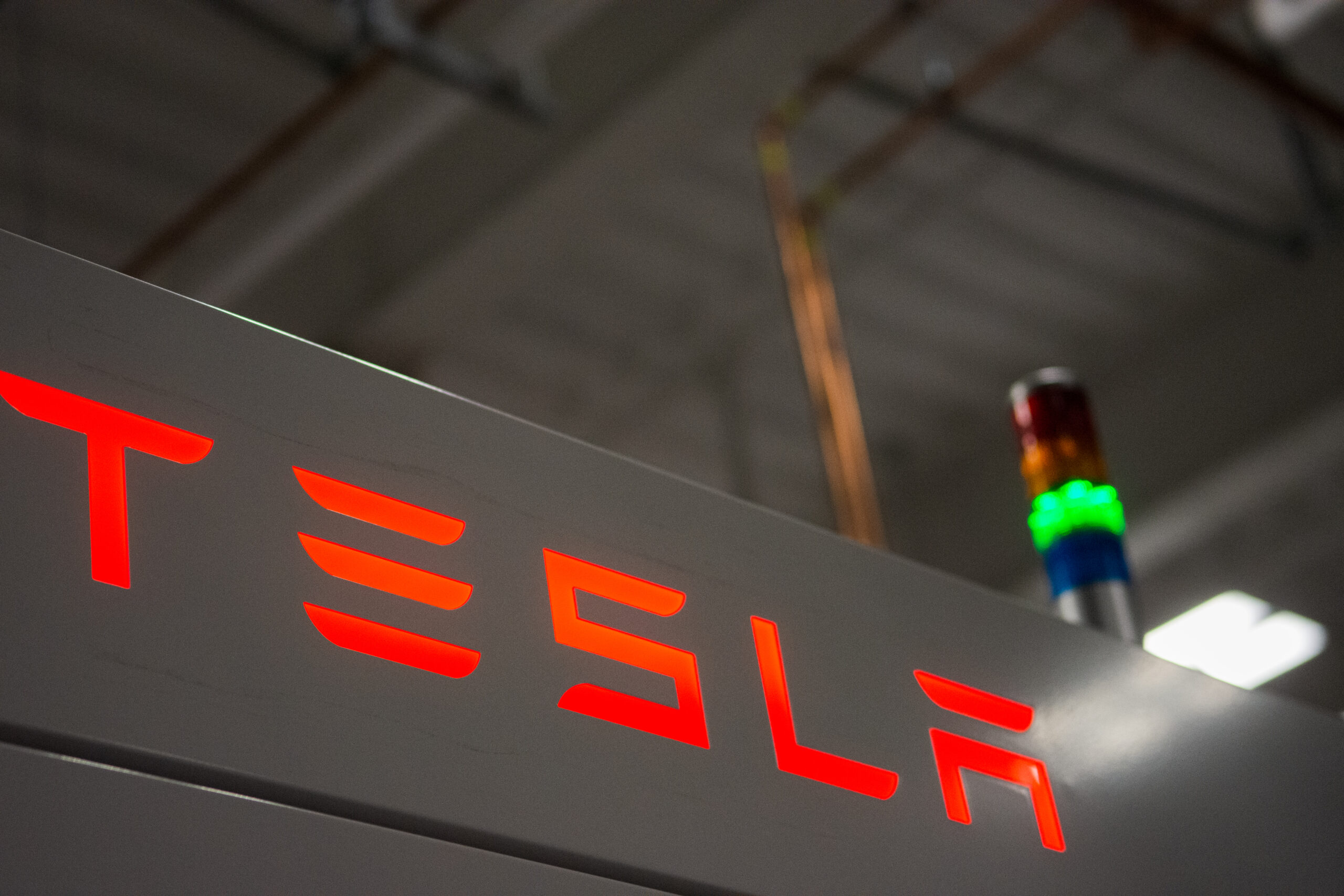Tesla awaits huge tax breaks for Nevada expansion. Lawmakers want to weigh in first.

In 2014, Nevada lawmakers and Gov. Brian Sandoval approved an unprecedented package of tax incentives to pave the way for Tesla to construct its multibillion-dollar Gigafactory in Northern Nevada.
Now, as Tesla prepares to make another major investment at the Tahoe-Reno Industrial Center — and take advantage of a 2014 law providing companies with an array of tax abatements for capital investments of more than $3.5 billion — Democratic lawmakers hope to slow the process. They want more time to consider the abatements before the tax incentives are considered next week by the Governor’s Office of Economic Development (GOED) board, which includes Gov. Joe Lombardo.
On Wednesday, Lombardo’s Chief of Staff Ben Kieckhefer told The Nevada Independent the meeting is set to proceed as planned.
Meanwhile, Sen. Dina Neal (D-North Las Vegas) plans to introduce a bill to extend the time allotted between the release of a company’s application for abatements and the GOED board meeting for approval. It is now set at three days.
The initial investment from Tesla, which has spanned eight years and amounted to $6.2 billion, has transformed the region, creating thousands of jobs and generating billions of dollars in economic output, while also contributing to rising housing costs amid the rapid economic diversification in Northern Nevada.
But after the previous tax breaks for Tesla were approved following a 2014 special session, some lawmakers want greater oversight of a process that allows only the nine voting members of the GOED board to grant approval of the abatements. This specific abatements package has only been used once before — by Tesla in 2014.
Neal, who chairs the Senate Committee on Revenue and Economic Development, plans to bring forward legislation “to allow for more than three days' time for public review of tax abatement deals,” a spokesperson for the Senate Democratic Caucus told The Nevada Independent on Wednesday. Though that legislation is separate from the Tesla abatement deal, she issued a statement earlier this week calling on GOED to delay consideration of the deal for one month.
“Under current law, there is an imbalance of power that prevents the Legislature from providing appropriate oversight and review of tax abatements,” Neal said. “I am calling on GOED to delay final consideration of the new Tesla abatement package for one month to give the public ample time to review it after the current non-disclosure agreement expires next week.”
Neal raised concerns about the GOED abatement process during a committee hearing last week. Neal acknowledged the Legislature had granted the GOED board the power to abate taxes, but asked, “Is it too much power to abate the taxes of the state without legislative oversight?”
Details of Tesla’s request are not expected to be made public until early next week because non-disclosure agreements allowed by the state prevent the release of the information until three days prior to consideration by the GOED board, which is meeting Thursday, March 2.
Under the 2014 law, Tesla’s new investment of $3.6 billion to expand the Nevada Gigafactory would likely allow the company to reap the benefits of hundreds of millions dollars in abated taxes over the next decade.
Since 2014, Tesla has invested $6.2 billion into the Gigafactory, and had more than $410 million in taxes abated from 2015-2022, according to a report published by GOED last year. For companies making a capital investment in Nevada of more than $3.5 billion, the 2014 law provides for a reduction in the sales and use tax rate to 4.85 percent for 20 years, and 100 percent reductions in the Modified Business Tax rate (which applies to wages paid to workers) and property tax rates for 10 years. Those abatements also come with requirements for the company to meet, including a minimum average hourly wage and a certain number of employees.
Ahead of the GOED board meeting, questions remain about what specific abatement amounts Tesla could be approved for and how another major economic investment could affect a region already squeezed by high housing costs. Housing concerns could be addressed in part by SB10, a bill from Democratic Treasurer Zach Conine proposing to allow funding from the State Infrastructure Bank to be used to support construction and development of “workforce housing.”
State leaders view Tesla as a key player in the state’s economic future. Under a new strategic plan released last week, the Governor’s Office of Economic Development identified electric vehicle and clean energy production as key goals, also describing Nevada as the “lithium capital of North America.”
“The presence of the full lithium supply chain within the state is a unique feature and enormous competitive advantage in Nevada’s goals to become a major player in the [electric vehicle] supply chain,” the report states.
Alongside Tesla, GOED has highlighted Redwood Materials, which operates a battery materials facility in Storey County, as another key cog in the electric vehicle loop. Last year, the GOED board approved an abatement package totaling more than $100 million for Redwood, which has plans for a $1.1 billion capital investment in Northern Nevada — third largest since GOED’s inception in 2011, behind only the two Tesla projects.
Under a proposed amendment to SB10 from the treasurer’s office, those “workforce housing” funds would potentially be prioritized for employees of Tesla and Redwood.
“Workforce housing projects funded by the Bank through this appropriation will be prioritized for those where outside partners are making investments within the State of Nevada in excess of $1 billion,” a memo attached to the amendment states.
During a hearing of the bill Wednesday, Kieckhefer said the $1 billion threshold was tied to the state’s largest economic development tax abatement thresholds — which sit at $1 billion and $3.5 billion.
“This was designed to address some of the ongoing concerns about workforce housing issues related to projects of that significance and that size,” he said.
